Juyong Park
Historic Emergence of Diversity in Painting: Heterogeneity in Chromatic Distance in Images and Characterization of Massive Painting Data Set
Sep 14, 2018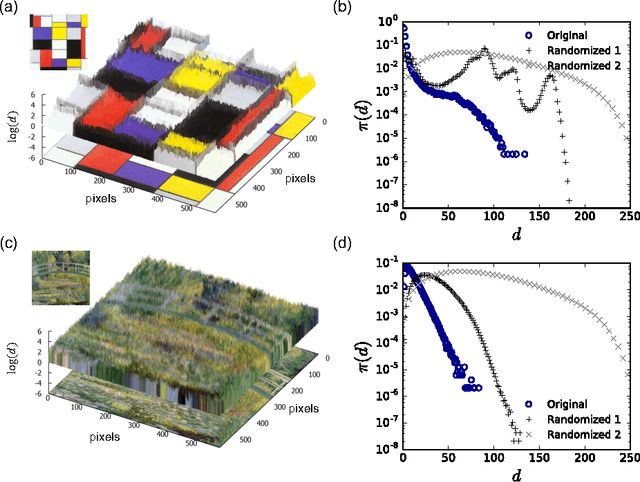

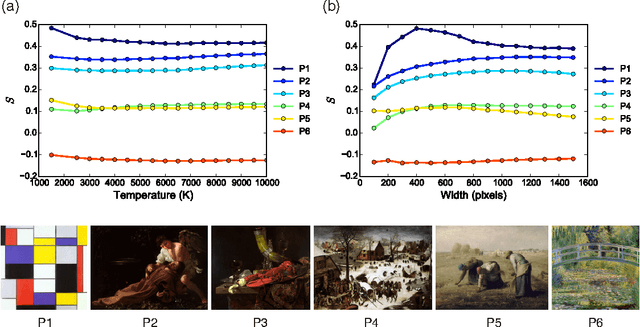
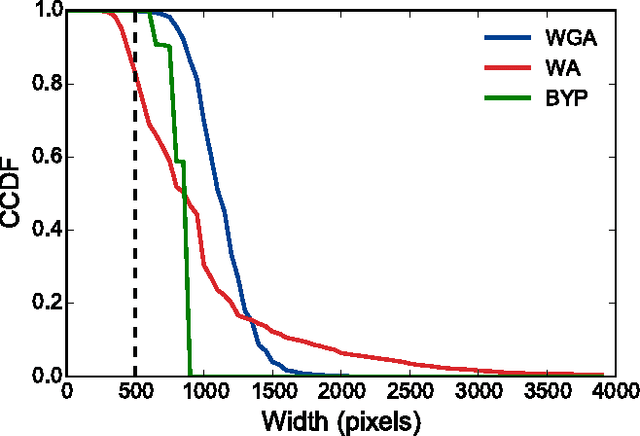
Abstract:Painting is an art form that has long functioned as a major channel for the creative expression and communication of humans, its evolution taking place under an interplay with the science, technology, and social environments of the times. Therefore, understanding the process based on comprehensive data could shed light on how humans acted and manifested creatively under changing conditions. Yet, there exist few systematic frameworks that characterize the process for painting, which would require robust statistical methods for defining painting characteristics and identifying human's creative developments, and data of high quality and sufficient quantity. Here we propose that the color contrast of a painting image signifying the heterogeneity in inter-pixel chromatic distance can be a useful representation of its style, integrating both the color and geometry. From the color contrasts of paintings from a large-scale, comprehensive archive of 179,853 high-quality images spanning several centuries we characterize the temporal evolutionary patterns of paintings, and present a deep study of an extraordinary expansion in creative diversity and individuality that came to define the modern era.
Mapping Out Narrative Structures and Dynamics Using Networks and Textual Information
Mar 24, 2016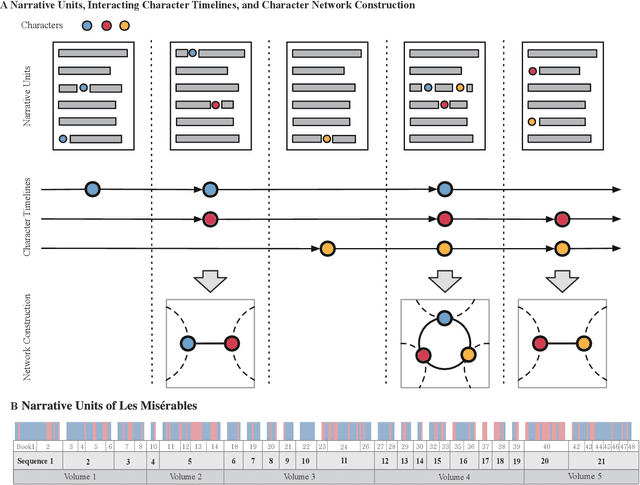
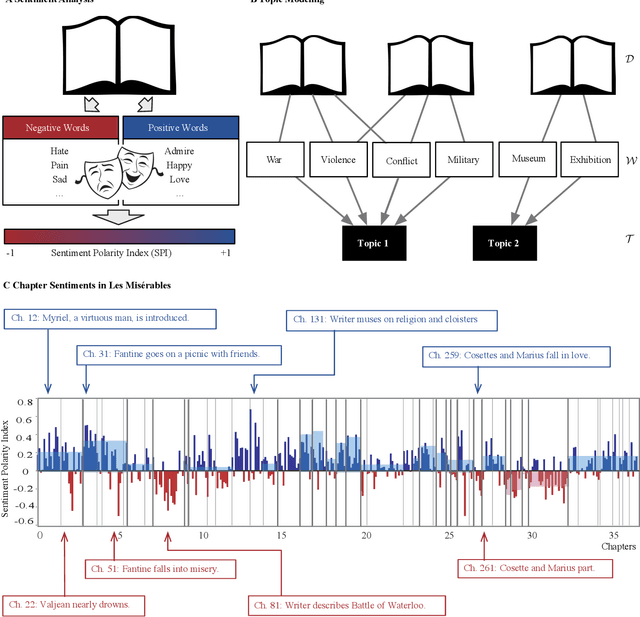
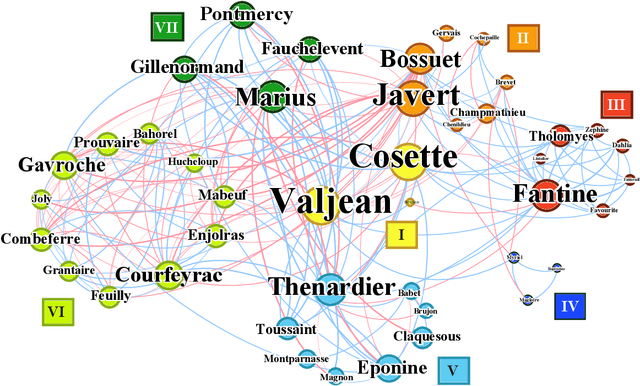
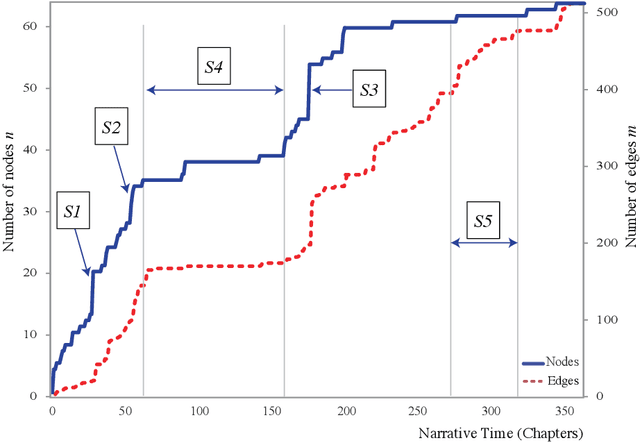
Abstract:Human communication is often executed in the form of a narrative, an account of connected events composed of characters, actions, and settings. A coherent narrative structure is therefore a requisite for a well-formulated narrative -- be it fictional or nonfictional -- for informative and effective communication, opening up the possibility of a deeper understanding of a narrative by studying its structural properties. In this paper we present a network-based framework for modeling and analyzing the structure of a narrative, which is further expanded by incorporating methods from computational linguistics to utilize the narrative text. Modeling a narrative as a dynamically unfolding system, we characterize its progression via the growth patterns of the character network, and use sentiment analysis and topic modeling to represent the actual content of the narrative in the form of interaction maps between characters with associated sentiment values and keywords. This is a network framework advanced beyond the simple occurrence-based one most often used until now, allowing one to utilize the unique characteristics of a given narrative to a high degree. Given the ubiquity and importance of narratives, such advanced network-based representation and analysis framework may lead to a more systematic modeling and understanding of narratives for social interactions, expression of human sentiments, and communication.
Bayesian Inference of Natural Rankings in Incomplete Competition Networks
Jun 06, 2013



Abstract:Competition between a complex system's constituents and a corresponding reward mechanism based on it have profound influence on the functioning, stability, and evolution of the system. But determining the dominance hierarchy or ranking among the constituent parts from the strongest to the weakest -- essential in determining reward or penalty -- is almost always an ambiguous task due to the incomplete nature of competition networks. Here we introduce ``Natural Ranking," a desirably unambiguous ranking method applicable to a complete (full) competition network, and formulate an analytical model based on the Bayesian formula inferring the expected mean and error of the natural ranking of nodes from an incomplete network. We investigate its potential and uses in solving issues in ranking by applying to a real-world competition network of economic and social importance.
* 5 pages, 2 figures
 Add to Chrome
Add to Chrome Add to Firefox
Add to Firefox Add to Edge
Add to Edge